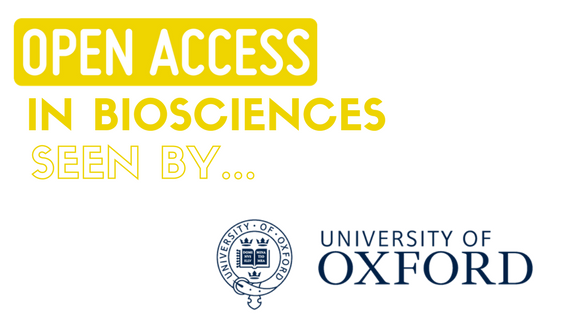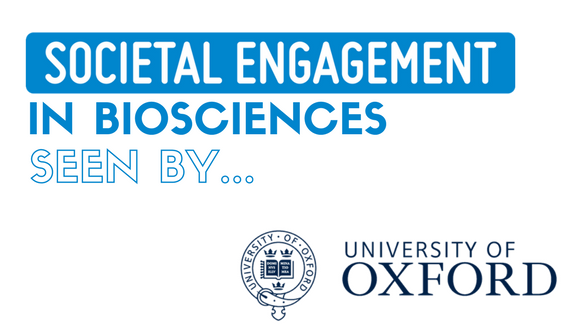How do you understand Open Access in biosciences research? Open access is a way of eliminating permission and price barriers in order to guarantee free access to biosciences research publications. Open access means that the public can access your work. This facilitates greater exposure and higher citation rates because researchers from other countries can view your work. What are the current standards and actions to achieve better Open Access in your University and in your country? The University of Oxford is very committed to open access and has a webpage dedicated to explaining the University’s position: http://openaccess.ox.ac.uk/ – policy and information. As researchers are actively encouraged to publish open access, this requires a collaborative project that involves many departments such as Research Services, Bodleian Libraries, IT Services, Planning and Resource Allocation Section, Oxford University Press, and Academic Divisions. There is also an open access policy in institutions of higher education throughout the United Kingdom due to the Research Excellence Framework (REF). In order to receive higher education funding (HEFCE), REF requires journal articles to be made Open Access. The aim of the policy is to increase the amount of UK research which is freely available – and more articles open access means higher REF scores in 2021. What are you aiming for with the implementation of the STARBIOS2 actions towards better Open Access standards for your institute? The University of Oxford is a leading institution in open access and led a strong communication strategy to engage researchers. We aim to …
Societal Engagement in Biosciences, seen by the University of Oxford, England
Dr. Laurel Edmunds – is a Senior Research Fellow working in collaboration with the NIHR Oxford BRC and relevant researchers across the University of Oxford. She is currently leading on a series of systematic reviews evaluating women in academic medicine and research efficacy in the NIHR Oxford BRC. Dr. Maria Milano – is a research assistant at the Radcliffe Department of Medicine in Oxford University. 1. How do you understand “Societal Engagement” in biosciences research? Societal engagement is a two-way process resulting from the interaction between researchers and the public in order to obtain a mutual benefit. It is signified through different types of activities: collaborating activities which aim to create or decide something together with the public (e.g. partnership working); receiving activities where the views, knowledge and experiences of the public are used to inform, build, or even change decisions (e.g. surveys); transmitting activities with the intention of inspiring and informing the public (e.g. science festivals). 2. What are the current standards and actions to achieve better Societal Engagement in Oxford University and in England in general? A key focus of the University of Oxford is to equip academics and researchers across the entire institution to develop and deliver public engagement with research activities. We have specially trained personnel that run courses and offer resourses (eg www.oxfordsparks.ox.ac.uk) to support researchers with their engagement activities. Societal engagement is now recognised as an academic accomplishment in the UK as part of the Research Excellence Framework (a rank of effectiveness and achievement of the UK researchers, by …





